A recent article published by Divestopedia entitled “The Only Valuation Method that Really Matters” explains the best method to use to value a business: the Business Buyer Valuation Method. While there are certainly other valuation methods, the author suggests that this one is the best and will bring you close to what a buyer is actually willing to pay.
Steps like determining who the most likely buyer is for your business and how this buyer may structure the transaction, among others, will help a seller build a valuation that will both make sense and be fair for a potential buyer.
Click here to read the full article.
A recent Axial Forum article entitled “Take Customer Due Diligence to the Next Level – Here’s How” identifies revenue growth as the majority driver of new value growth after a business transaction. The article outlines the vitality of due diligence within both the overall market and the customer base. One huge factor in this process involves customer due diligence, or the exploration of customer relationships with the business that is being purchased. This typically includes customer feedback, typically through interviews or surveys, and helps to educate potential new owners on things like customer satisfaction and loyalty, risks and opportunities, market growth outlook, market trends, and more.
Click here to read the full article.
A recently published Business.com article entitled “Your Five Year Plan to Build a Business to Sell” explains the steps involved in building a business for the purpose of a sale. Although many owners think that this is just a fantasy, there are actually some early steps that can be taken to help push a business toward a potential sale in the future. While the process can take several years, it truly can pay off in the end for both the seller and buyer.
One of the first and often overlooked steps in this process is to build a business in a market that is not only lucrative now, but will be in the future as well. This is much easier said than done in some instances of course, because many markets and industries are difficult to predict three to five years out, so this step should be taken with care.
The next, and arguably most important, aspect of creating an attractive business is profitability: a business that is profitable and one in which the profit is growing is the most attractive to potential buyers. Bidders want to see a business that is both making money and growing.
Other important aspects of an attractive business include keeping the business “clean” and building a corporate structure that doesn’t depend on the involvement of the owner. Clean businesses are ones that are transparent with well documented processes and transactions, as well as a problem-free workforce. An independent corporate structure is one that is able to function without the current owner as the core of the business. A business that cannot function when the owner is absent is not an attractive option for buyers.
Click here to read the full article.
A recent Forbes.com entitled “How To Make Millions Off Your Exit: 7 Entrepreneurs Worth Over $2 Billion Explain” outlines important insights for making an exit, taken directly from entrepreneurs that have started and sold businesses of their own. The list below outlines the entrepreneurs’ advice:
- Sell to Make Your Business Grow
- Prepare in Advance
- Create an Expert Team
- Sell the Potential of Your Business
- Focus on Providing Value
- Seek Advice
- Actively Look for Buyers
While some of these aspects of a successful business sale may seem obvious, many are often overlooked. Another important lesson to take from this: learn from those that have experience making deals!
Click here to read the full article.
A recent BizBuySell article entitled “Top 4 Small Business Funding Methods of 2017” outlines some of the best options for funding the purchase of a small business when personal savings, loans from family and friends, or credit cards don’t quite cut it. They include:
- SBA Small Business Loans
- 401(k) Business Financing
- Home Equity Lines of Credit
- Unsecured Loans
Each of the above methods have their own pros and cons, and deciding which method is best when looking into funding options is ultimately up to the borrower. While there still several options outside this list, these are some of the most common and are widely available to applicants in a wide variety of situations.


